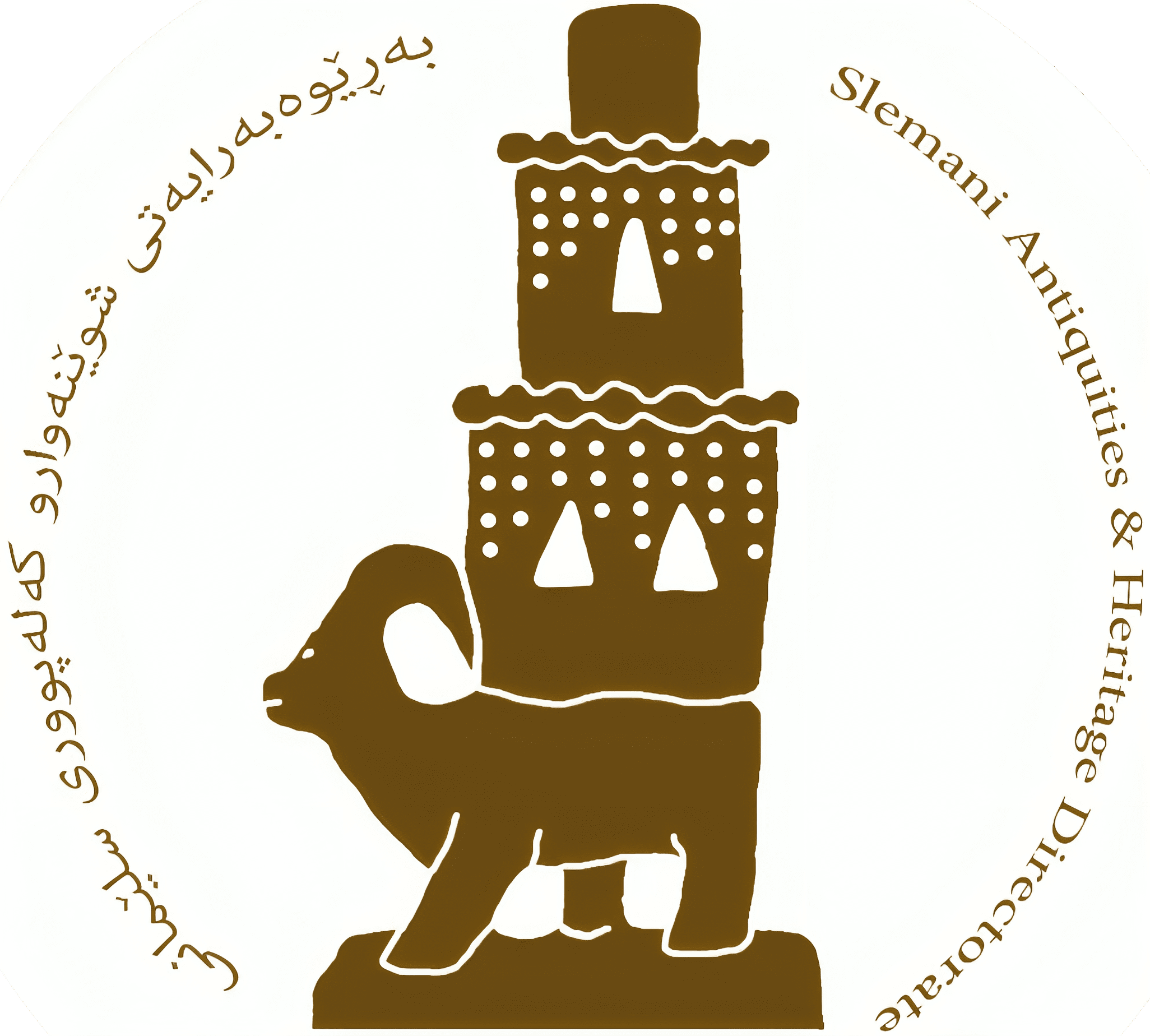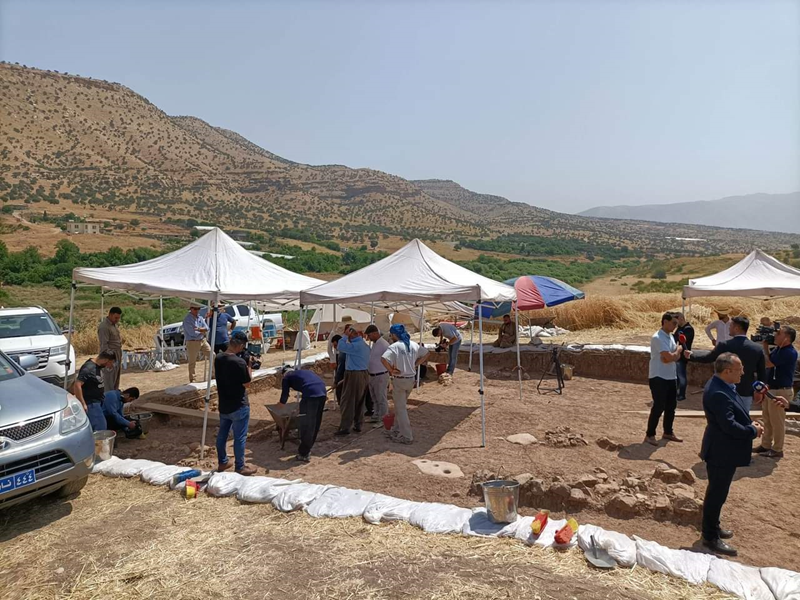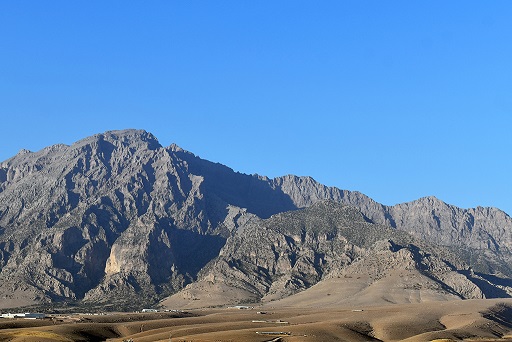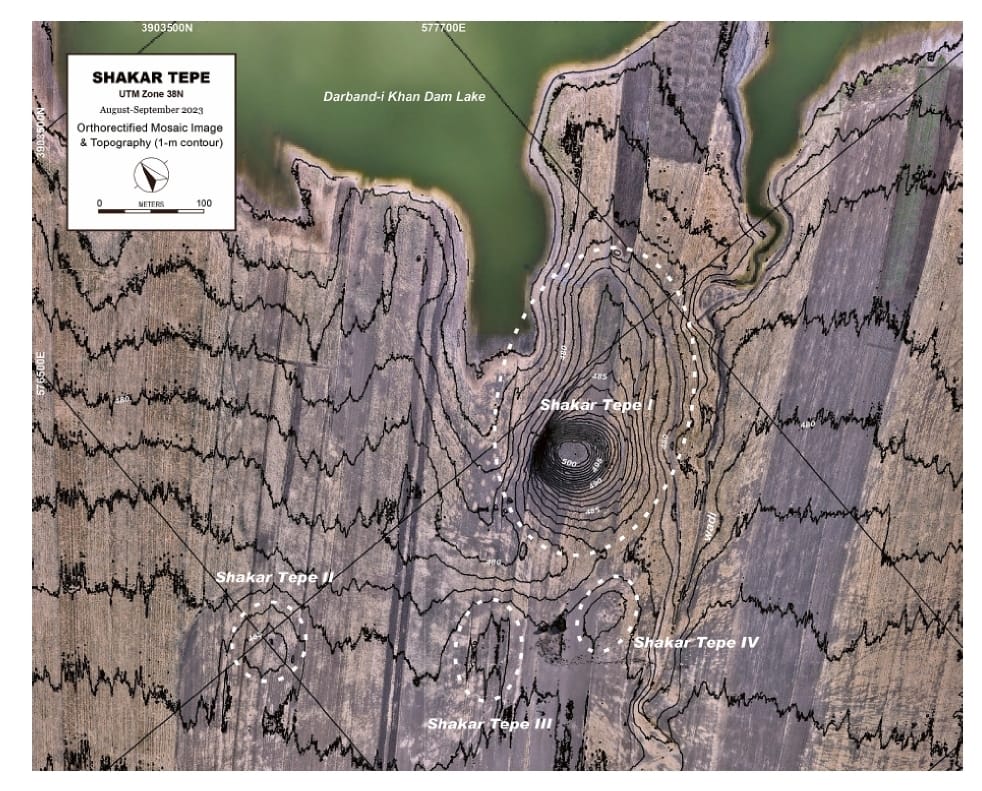The publication of archaeological and educational education by the excavation team in Ashkawta Rash
240526040018.jpg)
The publication of archaeological and educational education by the excavation team in Ashkawta Rash
After about two seasons of work in the black cave (Alla Quli) located on the border of the same village in the town of Bardaqaraman. The team، consisting of the British University of Liverpool(Prof. Eleni Asouti & Prof. Douglas Barid) and the Sulaymaniyah Directorate of Archaeology and Heritage, represented by the archaeologist Amanj Hama Amin Rahim, planned with the village managers and teachers that within the framework of their contract with the Kurdistan Regional Government (The Archaeological Foundation in the Region), they would distribute cultural, archaeological and educational work in the villages near the archaeological site by showing their work and introducing students to the archaeological remains so that they could For this purpose, they presented a seminar worthy of all students, administrators and teachers of the school and then went to the black cave. In the end, the team of Archaeological Directorate and the University of Liverpool are prepared to present special gifts to students with a special catalog of the project.



